Gardening trends often promise aesthetic appeal and easy maintenance, but some popular practices can have unintended consequences for soil health. While these trends may make a garden look lush in the short term, they can strip nutrients, reduce biodiversity, and create long-term damage. Soil is the foundation of a thriving garden, and poor practices can lead to erosion, compaction, and diminished fertility. If you want to keep your garden flourishing for years to come, it’s important to reconsider these harmful trends.
1. Excessive Use of Landscape Fabric
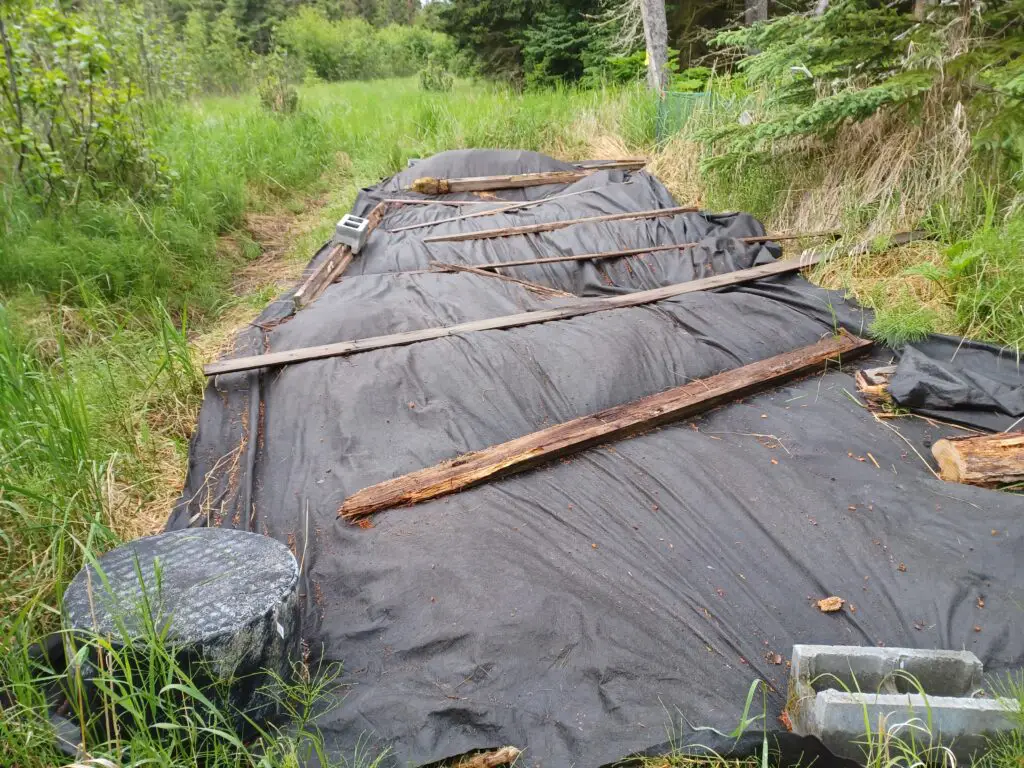
According to The Spruce, landscape fabric is commonly used to suppress weeds and reduce maintenance, but it can severely harm soil health. Over time, it prevents essential air and water from reaching the soil, leading to compaction and suffocating beneficial microorganisms. Without proper moisture penetration, plant roots struggle to access the nutrients they need to thrive. Additionally, organic matter like leaves and mulch can break down on top of the fabric, creating a breeding ground for new weeds.
A more sustainable approach is to use natural mulches like wood chips or shredded leaves. These materials break down over time, enriching the soil and improving its structure. They also allow water and air to flow freely while still providing weed suppression. Avoiding landscape fabric altogether ensures that the soil remains loose, aerated, and full of beneficial life.
2. Overuse of Synthetic Fertilizers
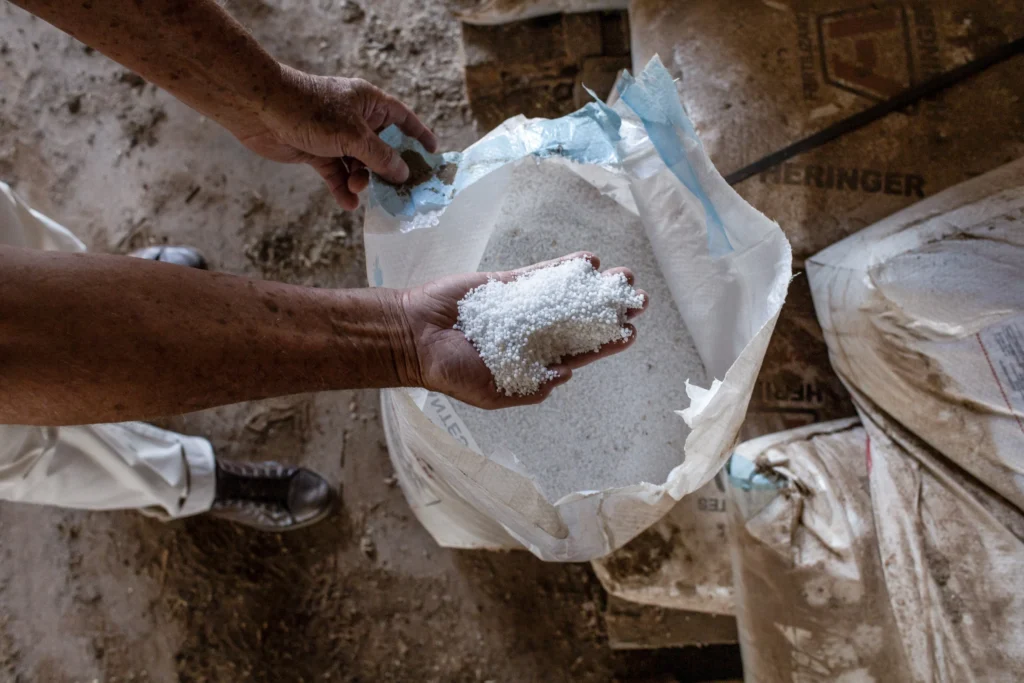
Synthetic fertilizers provide a quick nutrient boost, but they can disrupt the natural balance of soil over time. Excessive use leads to salt buildup, which dehydrates soil organisms and reduces microbial activity. This can make the soil dependent on chemical inputs, stripping it of its natural fertility. Additionally, runoff from synthetic fertilizers contributes to water pollution, harming nearby ecosystems.
Gardeners looking for long-term soil health should consider compost, manure, or organic fertilizers instead. As highlighted by The Guardian, these alternatives feed the soil rather than just the plants, improving its overall structure and water retention. Regular applications of compost add essential organic matter, fostering a thriving ecosystem of microbes and beneficial insects. Making the switch from synthetic to organic fertilizers ensures that the soil remains fertile and self-sustaining.
3. Frequent Rototilling
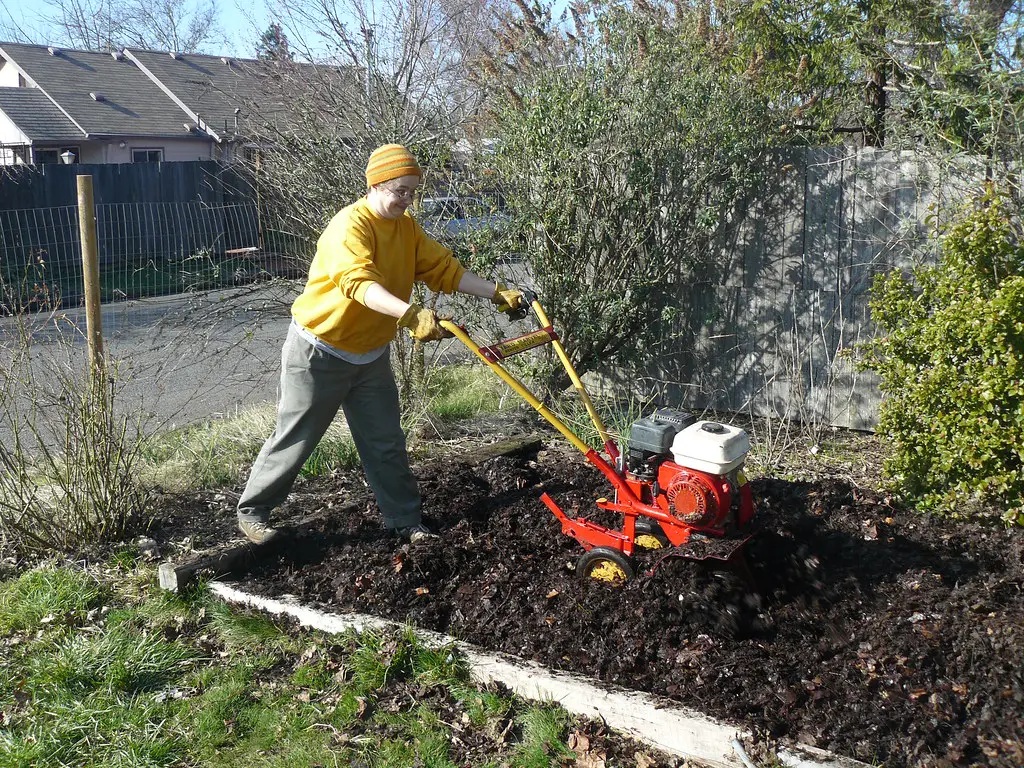
According to The New York Times, rototilling is often used to break up compacted soil and prepare garden beds, but it can be highly damaging. Over time, tilling disrupts soil structure, kills beneficial microorganisms, and accelerates erosion. It also brings weed seeds to the surface, leading to even more weed growth. In the long run, frequent tilling can deplete the soil’s organic matter, making it less productive.
A better alternative is the no-till gardening method, which preserves soil health and prevents disruption. Adding compost and mulch on top of the soil helps build fertility naturally. Cover crops can also be used to improve aeration and prevent compaction without the need for deep tilling. By avoiding excessive disturbance, gardeners can maintain a rich, balanced soil ecosystem.
4. Gravel and Rock Gardens Without Soil Protection
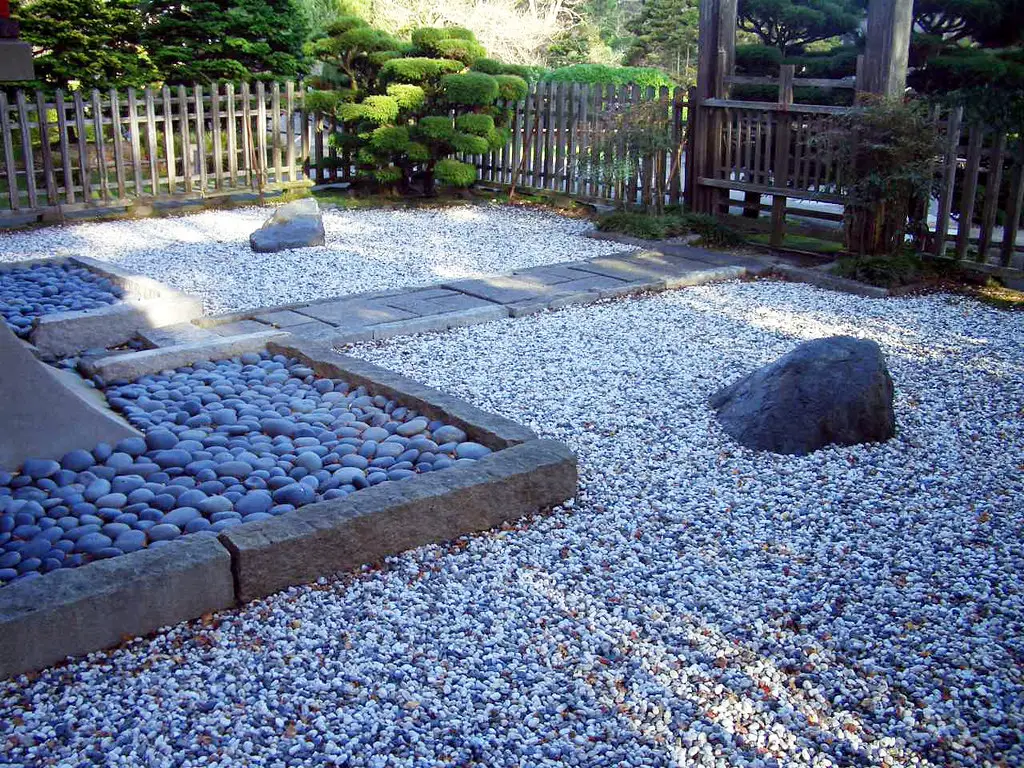
Gravel and rock gardens have gained popularity for their low maintenance and drought-resistant appeal. However, when installed without proper soil preparation, they can create long-term damage. Rocks and gravel can compact the soil underneath, reducing its ability to absorb water and support plant life. Over time, the lack of organic matter leads to depleted soil that struggles to retain nutrients.
To prevent this, it’s important to layer organic materials like compost or topsoil beneath gravel features. Experts from Better Homes & Gardens suggest integrating native plants with deep root systems that help keep the soil aerated. Using permeable rock gardens that allow water to reach the ground can also prevent excessive compaction. With the right balance, it’s possible to enjoy a rock garden without sacrificing long-term soil health.
5. Plastic Mulch Instead of Organic Mulch
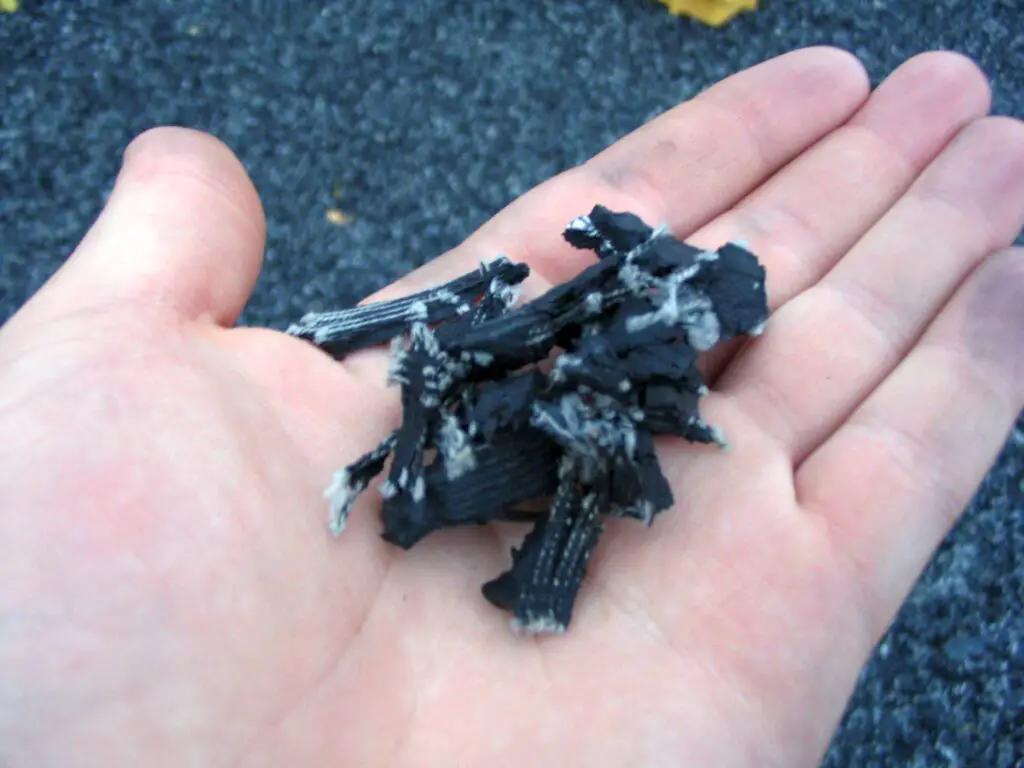
Plastic mulch is often used to retain moisture and suppress weeds, but it creates long-term soil health issues. Unlike organic mulches, it doesn’t break down and contribute nutrients to the soil. Over time, plastic fragments can degrade into microplastics, contaminating the soil and harming beneficial organisms. Additionally, plastic mulch can overheat the ground, disrupting the natural temperature balance and microbial activity.
Switching to organic mulches like wood chips, straw, or shredded leaves offers a more sustainable alternative. These materials gradually decompose, enriching the soil while still providing weed suppression. Organic mulches also help maintain consistent soil moisture and temperature, creating a healthier growing environment. By avoiding plastic-based mulches, gardeners can improve soil structure and long-term fertility.
6. Removing All Fallen Leaves
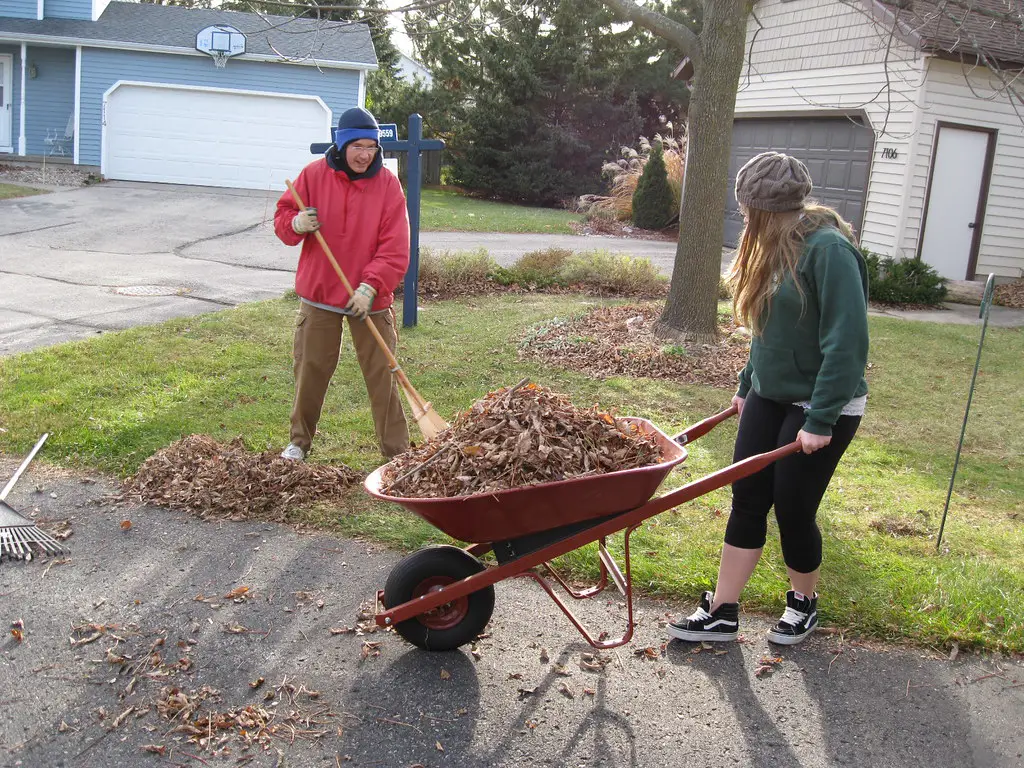
Many gardeners rake and dispose of fallen leaves for a tidy yard, but this practice robs the soil of essential nutrients. Leaves naturally break down into organic matter, enriching the soil with valuable minerals and improving its structure. When removed, the soil is left exposed, increasing the risk of erosion and moisture loss. Additionally, fallen leaves provide shelter for beneficial insects and microbes that contribute to a healthy ecosystem.
Instead of discarding leaves, consider using them as mulch or incorporating them into compost. Shredded leaves make an excellent natural mulch, helping retain moisture and suppress weeds. Allowing some leaf litter to remain in garden beds encourages biodiversity and soil regeneration. This simple adjustment can significantly improve long-term soil health without extra effort.
7. Overwatering with Sprinklers
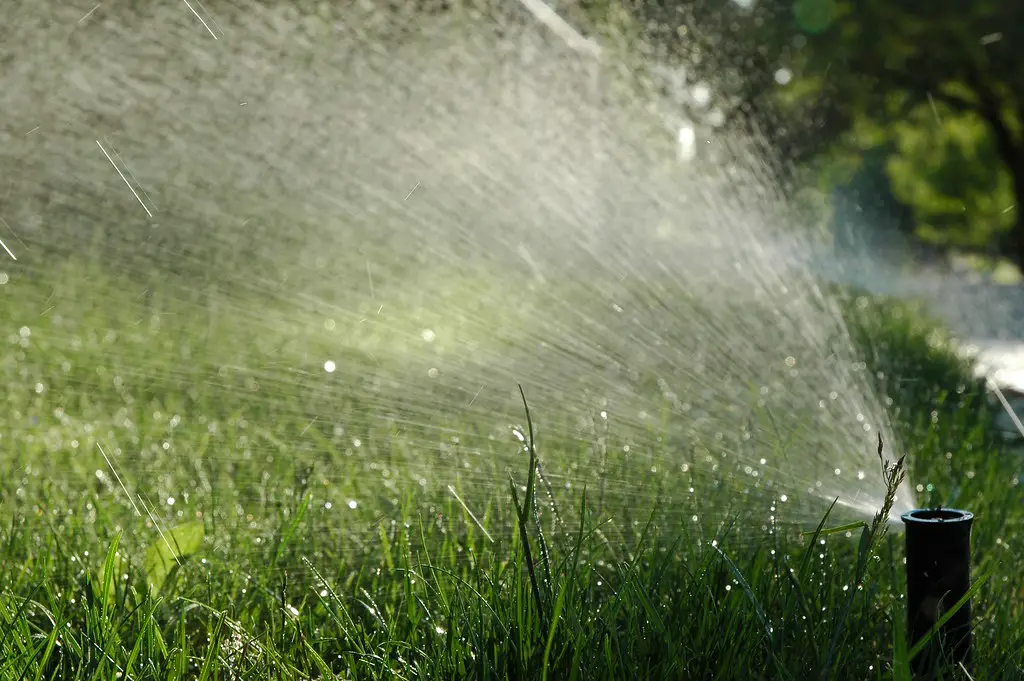
Sprinkler systems provide convenience, but excessive watering can degrade soil quality over time. Overwatering leads to soil compaction, reducing oxygen levels and suffocating plant roots. It can also wash away essential nutrients, leaving the soil depleted and less fertile. Pooled water on the surface encourages fungal growth and root rot, further damaging plant health.
A smarter approach is to use drip irrigation or soaker hoses, which deliver water directly to the roots. This method reduces water waste while maintaining proper moisture levels in the soil. Watering deeply but less frequently encourages stronger root growth and better soil structure. By adjusting watering habits, gardeners can promote healthier soil without excess runoff.
8. Growing Only One Type of Plant (Monoculture Gardening)
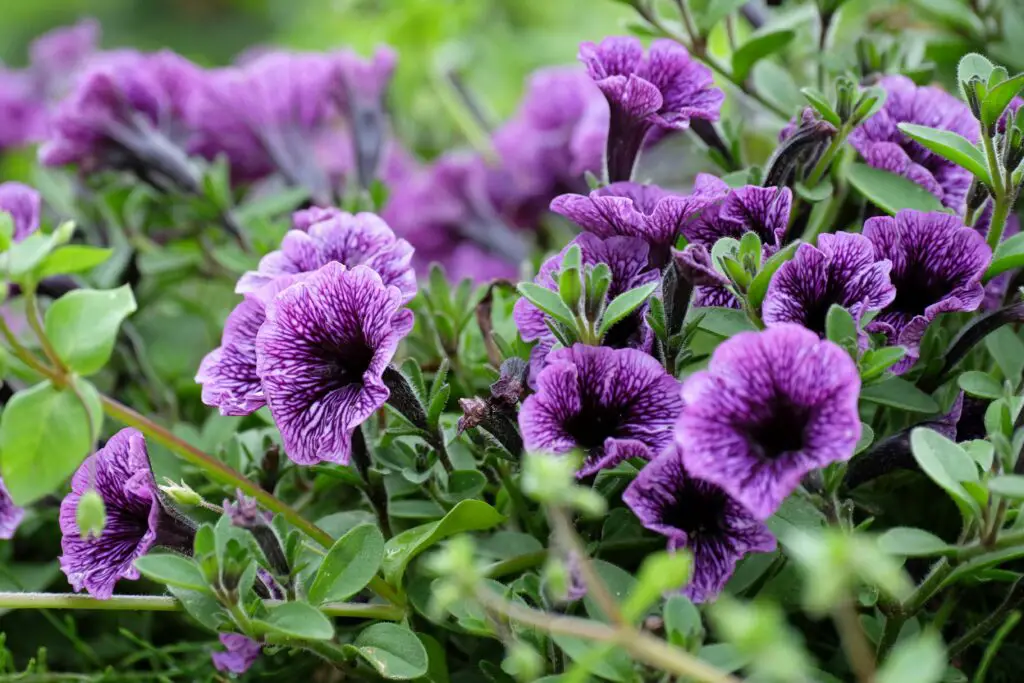
Planting the same crops or flowers in the same location year after year depletes specific nutrients from the soil. Without diversity, the soil loses its ability to naturally replenish essential minerals. Monoculture gardening also increases the risk of pest infestations and plant diseases, which can further degrade soil health. Over time, this practice weakens the soil’s fertility, making it less productive.
A better strategy is to practice crop rotation and companion planting. Mixing plant varieties helps maintain soil balance by replenishing nutrients in different ways. Legumes, for example, naturally add nitrogen to the soil, benefiting future plantings. By embracing biodiversity in the garden, soil remains healthier and more resilient to environmental stressors.
9. Compacting Soil with Heavy Machinery or Foot Traffic
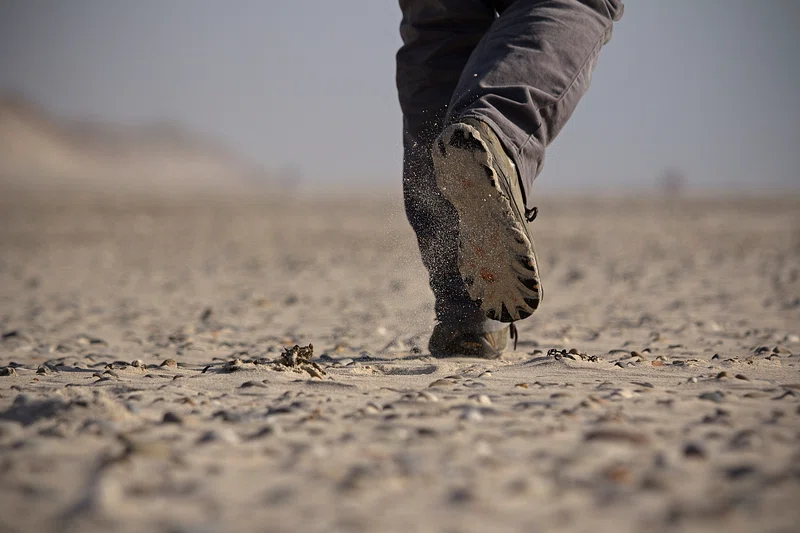
Frequent walking or using heavy equipment on garden beds compresses the soil, reducing air pockets and drainage capacity. Compacted soil becomes hard and impenetrable, making it difficult for plant roots to spread. This leads to stunted growth, poor water absorption, and increased runoff. Over time, compacted soil loses its ability to support a thriving garden.
To prevent compaction, use designated walkways and avoid stepping directly on planting areas. Raised beds help maintain loose soil, allowing for better root development. Aerating compacted soil by adding organic matter or using a broadfork can restore its structure. By being mindful of traffic and equipment use, gardeners can keep their soil healthy and functional.
10. Peat-Based Compost
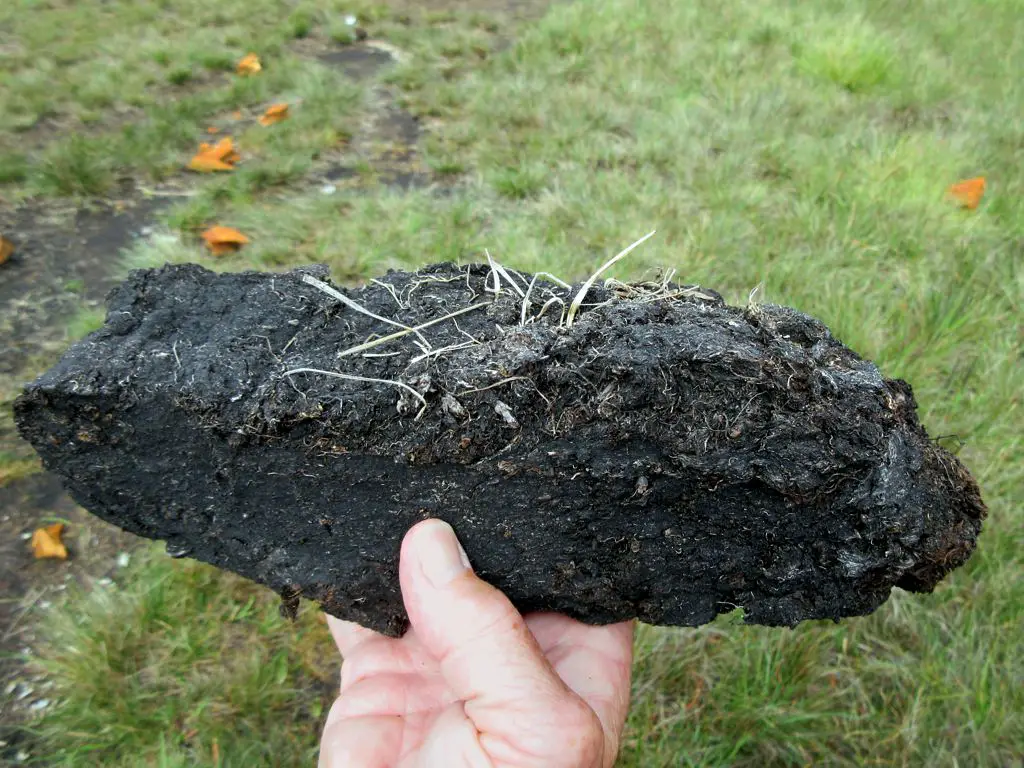
Peat-based compost has been a staple in gardening for years, but its extraction causes long-term environmental and soil health problems. Harvesting peat depletes wetlands, which are essential carbon sinks, and disrupts ecosystems that take centuries to recover. Additionally, peat-based compost is not a renewable resource, meaning its continued use contributes to environmental degradation. When used in gardens, it retains too much moisture and lacks the diverse nutrients needed for long-term soil health.
A more sustainable alternative is compost made from locally sourced organic matter, such as food scraps, leaves, and manure. These materials enrich the soil with beneficial microbes and nutrients, improving fertility over time. Many gardeners are switching to coconut coir, leaf mold, or well-rotted manure as replacements for peat. By choosing peat-free options, gardeners can help preserve wetlands while maintaining healthy, nutrient-rich soil.
11. Using Artificial Turf in Garden Spaces
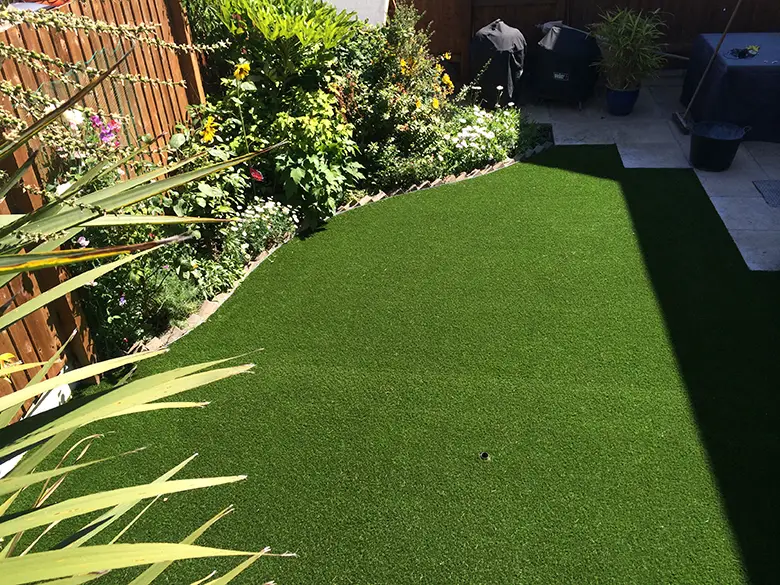
Artificial turf is marketed as a low-maintenance alternative to grass, but it negatively impacts soil health. Beneath the turf, the soil becomes compacted and deprived of oxygen and moisture, preventing beneficial organisms from thriving. Over time, the lack of organic material leads to degraded soil that struggles to support plant life if the turf is ever removed. Additionally, synthetic materials in artificial grass break down into microplastics, contaminating the soil and surrounding environment.
A better alternative is to use native ground covers or clover, which require less maintenance while still supporting healthy soil. These options allow for natural decomposition, improving soil structure and nutrient availability. If a low-maintenance lawn is the goal, drought-tolerant grass varieties can reduce water usage without harming the ecosystem. By avoiding artificial turf, gardeners can maintain a living, breathable soil environment that continues to regenerate.
12. Over-Reliance on Raised Beds Without Soil Replenishment
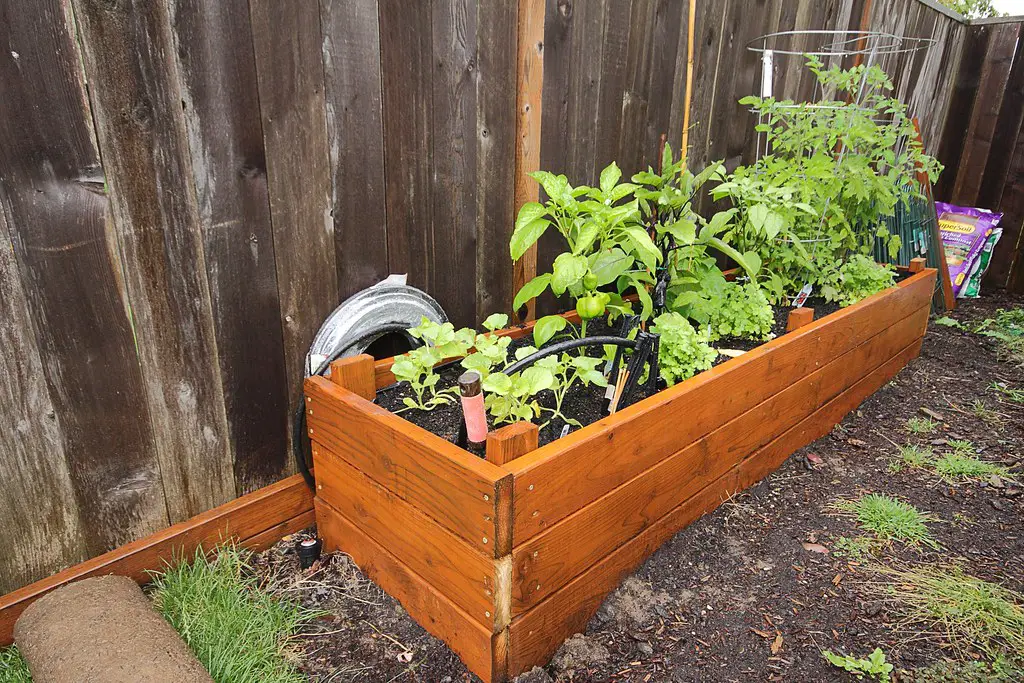
Raised beds provide excellent drainage and prevent soil compaction, but they require ongoing maintenance to maintain soil health. Many gardeners assume raised beds will remain fertile indefinitely, but without replenishing nutrients, the soil becomes depleted over time. Frequent watering and exposure to the elements can also lead to nutrient leaching, leaving plants struggling to thrive. If neglected, raised beds can become just as unproductive as poorly managed ground soil.
To keep raised bed soil healthy, it’s essential to add compost, mulch, and organic fertilizers regularly. Rotating crops and incorporating cover crops can further restore soil balance, preventing depletion of key nutrients. Mulching with organic materials helps retain moisture and protect soil life, creating a more sustainable growing environment. With proper care, raised beds can remain a long-term solution for healthy soil rather than a temporary fix.
13. Excessive Use of Chemical Weed Killers
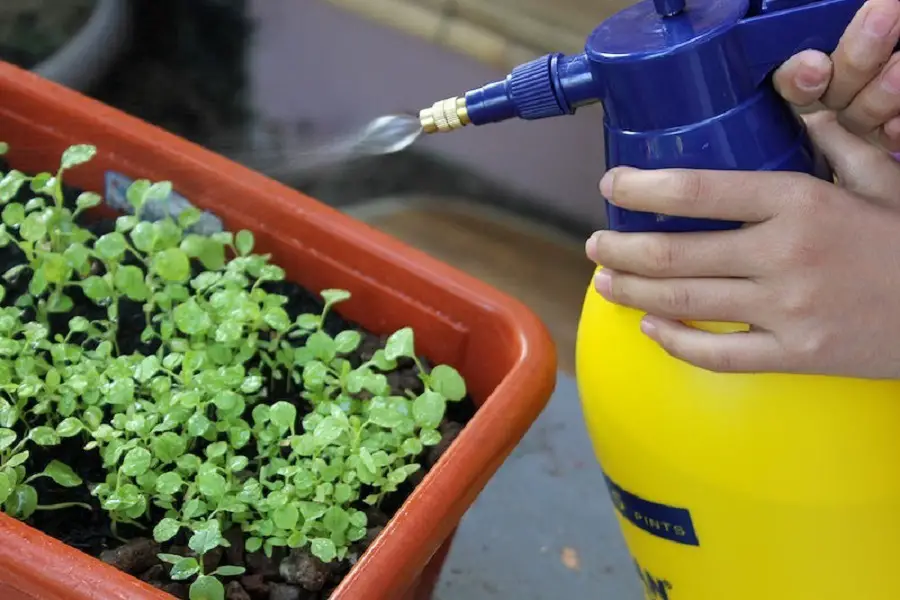
Chemical herbicides promise easy weed control, but they often damage the microbial life in the soil. Many common weed killers contain ingredients that linger in the ground, disrupting beneficial bacteria and fungi that help plants grow. Overuse can lead to soil becoming less fertile, requiring more chemical inputs to support plant health. Additionally, these chemicals can leach into nearby water sources, creating broader environmental concerns.
A more sustainable approach is manual weeding, mulching, or using natural herbicides like vinegar-based solutions. Cover crops and dense planting strategies can also help suppress weed growth naturally without harming soil life. Encouraging healthy soil with organic matter reduces weed pressure by promoting strong plant growth. By reducing reliance on chemical herbicides, gardeners can maintain soil that remains productive and self-sustaining.
14. Growing Lawns Instead of Biodiverse Landscapes
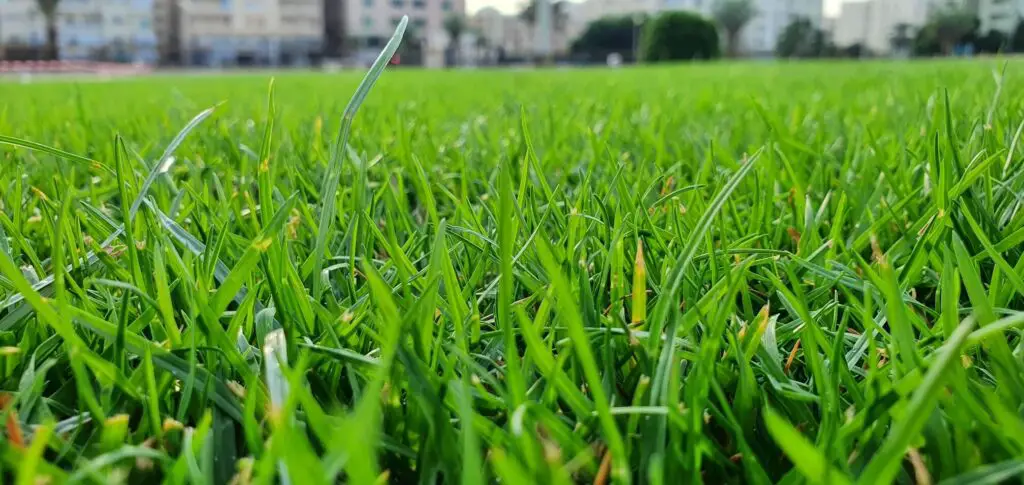
Traditional grass lawns require frequent mowing, watering, and chemical treatments, which degrade soil health over time. Monoculture grass depletes the soil by stripping it of nutrients without returning organic matter. The compacted soil underneath lawns struggles to absorb water, leading to increased runoff and erosion. Over time, the reliance on synthetic fertilizers and pesticides further reduces soil fertility and microbial activity.
Switching to a more biodiverse landscape with native plants, wildflowers, and ground covers creates a healthier soil ecosystem. These plants improve soil structure, attract pollinators, and require less maintenance than traditional grass lawns. Replacing even a portion of a lawn with clover or native grasses can reduce the need for chemical treatments and watering. By embracing biodiversity, homeowners can improve soil health while creating a more resilient and attractive yard.
15. Ignoring Soil Testing Before Planting
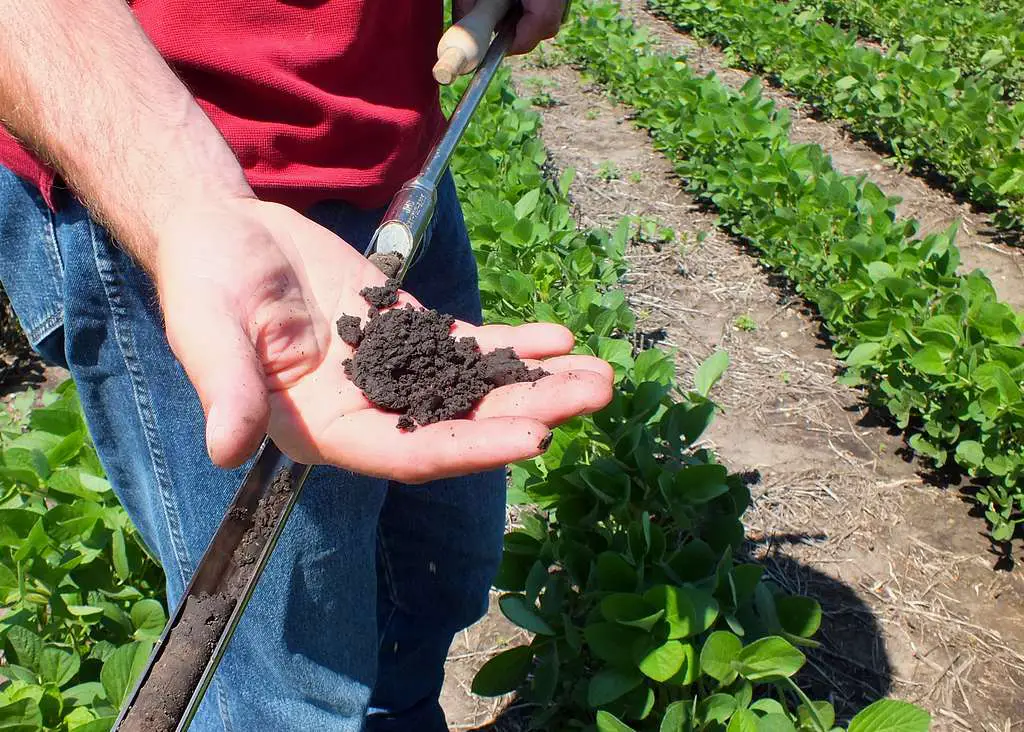
Many gardeners plant without testing their soil, leading to long-term nutrient imbalances and poor plant health. Without a soil test, it’s difficult to know which nutrients are deficient or excessive, often resulting in unnecessary fertilizer use. Over-fertilization can lead to nutrient runoff, harming nearby ecosystems while depleting beneficial soil organisms. Ignoring soil testing also makes it harder to correct pH imbalances, which can affect plant growth and soil structure.
Soil testing allows gardeners to make informed decisions about amendments and fertilizers, ensuring long-term soil health. Simple at-home kits or professional testing services can provide insights into nutrient levels, pH, and soil composition. By addressing deficiencies with targeted organic amendments, soil can remain balanced and productive. Taking this proactive step ensures healthier plants, reduced chemical use, and sustainable gardening practices.
